Two years after the first countries approved the Pfizer/BioNTech COVID vaccine for domestic use, China will finally allow the mRNA vaccine to be used domestically—but there’s a catch.
On Friday, China confirmed in a press briefing that it would let German nationals receive the BioNTech COVID vaccine, which uses mRNA technology, in exchange for German health authorities on Wednesday approving China’s Sinovac jab for Chinese nationals living in Germany.
The statement from China’s foreign ministry clarifies an earlier announcement by German Chancellor Olaf Scholz during his trip to Beijing that BioNTech would be made available to foreign nationals in China.
But Beijing’s decision to approve the Pfizer/BioNTech jab for a sliver of China’s population highlights the country’s uneasy relationship with mRNA vaccines and shots developed overseas as Beijing embarks on an exit from its tough COVID-zero policy, which will likely cause a massive outbreak.
Has China approved mRNA vaccines?
BioNTech is the first mRNA vaccine—and the first developed overseas—approved for use in mainland China, even if it’s just available to German nationals living there.
Several Chinese companies are developing mRNA vaccines, but none have made it to final approval. In September, Indonesia—not China—became the first country to approve a Chinese-developed mRNA vaccine, from pharmaceutical company Walvax.
Fosun Pharmaceuticals, BioNTech’s distribution partner for greater China, secured 100 million doses for the Chinese market in December 2020. Yet Fosun’s applications to use its doses in mainland China are still pending, with no indication of when the mRNA vaccine will be approved for widespread use. (The semi-autonomous Chinese city of Hong Kong approved BioNTech for use in its vaccination campaigns)
China has largely relied on two vaccines, from Sinovac and Sinopharm, in its vaccination campaign. The two vaccines use an inactivated virus to confer immunity. Studies show that the two vaccines are less effective at preventing infection, severe disease and death than the BioNTech and Moderna shots, which use mRNA technology.
Sinovac and Sinopharm are both developing boosters that specifically target the Omicron variant.
Public health officials have blamed China’s less-effective vaccines for hindering its ability to smoothly change its COVID policy. “The efficacy of the China‑made vaccines are not at the level of the vaccines that have been used in the United States,” Anthony Fauci, the outgoing White House medical advisor, told The Washington Post on Dec. 2.
How many Chinese have been vaccinated?
The more pressing problem, in Beijing’s view, is not the effectiveness of its vaccines, but that not enough people are vaccinated. Official data released in early December shows that only 40% of China’s over-80 population has received a booster. Health officials at the time pledged to launch new campaigns to vaccinate China’s elderly, but now the task is especially urgent.
Beijing announced sweeping changes to its COVID rules last Wednesday, including letting mild and asymptomatic cases recover at home and limiting lockdowns to individual floors and buildings, rather than whole neighborhoods. A pivot is likely good news for China’s economy, dragged down in November by a record COVID outbreak and widespread lockdowns. Chinese consumer sentiment last month fell to levels not seen since early-2020, the early days of the pandemic, according to a survey released Sunday by Morning Consult.
But relaxed measures could lead to a surge in cases across China. One of the country’s top medical advisors predicted last week that as much as 60% of the country could catch COVID in an initial exit wave.
Chinese officials are now reassuring people that an increase in cases is not a cause for concern. State media quoted Zhong Nanshan, the country’s top medical expert, on Friday as saying that Omicron’s death rate is comparable to influenza.
Source : Fortune


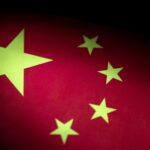

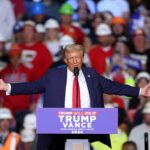
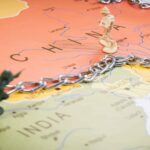
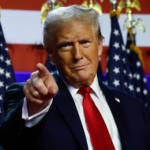


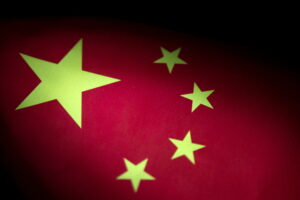
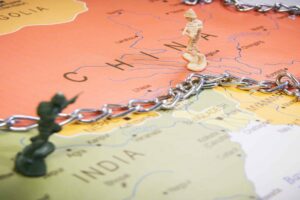





Add Comment